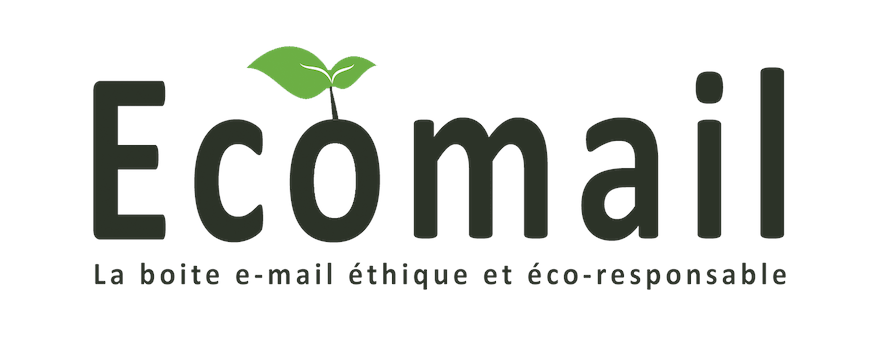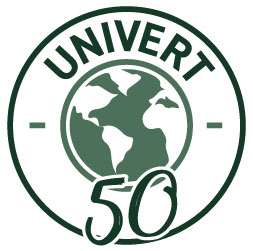This project is based on the idea of reducing the carbon footprint of the email marketing industry. While the simplest and most effective methods are to reduce the volume of emails sent and to lighten their weight, it is interesting to note that billions of commercial emails are stored indefinitely in data centers around the world. This project aims to reduce the increase in the volume of these messages stored for nothing.
Receive news about the project
In a nutshell: Expiration dates in email
The evidence is clear, a significant portion of emails become obsolete within days of their reception by recipients. Think of those promotions that are only valid for a few days, those newsletters whose news will almost already be outdated by the time they are received, … These emails take up space in data centers, consume energy for storage (storage device production, usage, end-of-life recycling, …).
In order to reduce the carbon footprint of these emails, they should be deleted, and deleted quickly after being received. To avoid placing this responsibility on the recipient, we propose that senders indicate when their emails become obsolete. This is the purpose of expiration dates.
In practice, at the time of sending, the sender will define when their message will become obsolete. The ESPs will take care of transmitting the information to the recipient’s mailbox. And the messaging solution will offer the recipients mechanics to more or less automatically delete these emails (with their consent of course).
To achieve this, we need the involvement of the entire email delivery chain: senders, ESPs and ISPs/webmails. If the technical solution is not currently defined, it is not the one that will be complicated to design. The real challenge is the adoption, a massive adoption of all the players in order to make this idea a reality.












































































































































